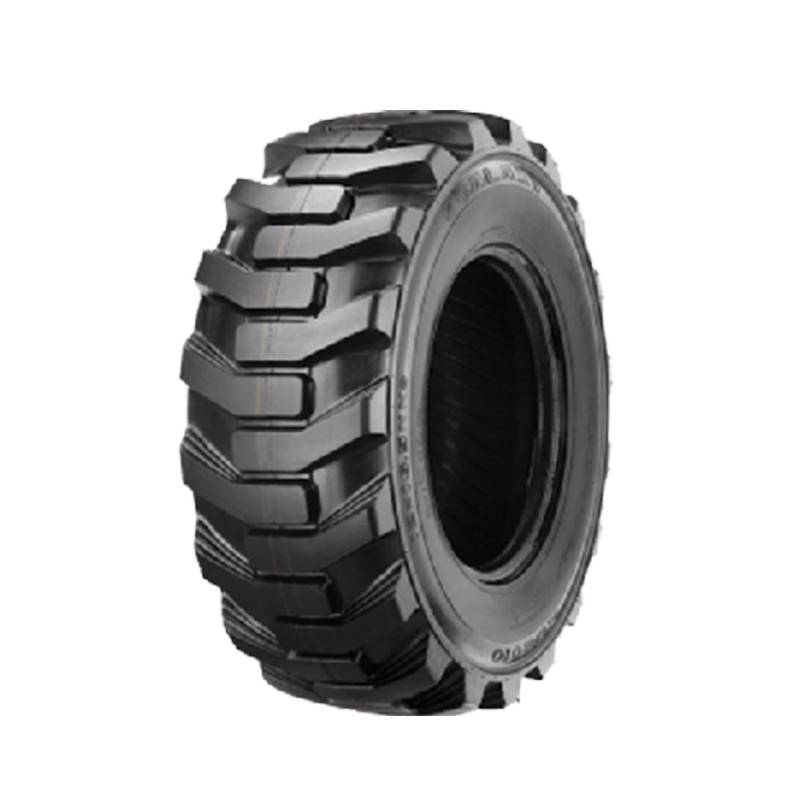
Sep . 15, 2024 05:20
Back to list
Safety Relief Valve - Ensuring System Protection and Reliability
Safety Relief Valve An Essential Component in Pressure Systems
A safety relief valve (SRV) is a critical component in pressure systems, designed to protect equipment and personnel from the hazards of excessive pressure. This device serves as a fail-safe mechanism, ensuring that if the pressure in a system exceeds pre-determined limits, the valve opens to release the excess pressure, thereby preventing potential explosions or catastrophic failures.
Functionality of Safety Relief Valves
At its core, the primary function of a safety relief valve is to control pressure levels within a system. If equipment, such as boilers, pressure vessels, or pipelines, experiences a pressure surge due to thermal expansion, improper operations, or equipment malfunction, the SRV activates. The valve is typically spring-loaded and calibrated to open at a specific pressure point.
When the system pressure exceeds this threshold, the valve opens, allowing gas or liquid to escape. This process stops once the pressure falls back to a safe level, and the valve automatically resets. The design and operation of SRVs ensure they react quickly to pressure changes, which is crucial for maintaining the integrity of the system and ensuring safety.
.
Safety relief valves come in various types, each suited for specific applications. The most common types include
صمام تنفيس الأمان

1. Spring-loaded Safety Valves These valves use a spring mechanism to hold the valve seat closed. As pressure builds up, the force overcomes the spring tension, causing the valve to lift and release pressure.
2. Pilot-operated Relief Valves These valves rely on a pilot control system that regulates the opening and closing of the valve. They are typically used in high-pressure applications and can handle larger flow rates effectively.
3. Balanced Bellows Relief Valves This type is used when there are variations in back pressure. The bellows design helps minimize the effects of back pressure, ensuring more reliable performance.
Importance in Various Industries
Safety relief valves are indispensable in many industries, including oil and gas, chemical processing, manufacturing, and power generation. Their ability to prevent overpressure incidents protects not only valuable equipment but also the health and safety of workers. Regulatory bodies often mandate the installation of SRVs to comply with safety standards, underlining their importance in risk management and accident prevention.
Conclusion
In conclusion, safety relief valves play a pivotal role in maintaining safety in pressure systems. They are engineered to provide reliable performance under high-stress conditions, thus safeguarding against the dangers of excessive pressure. With ongoing advancements in engineering and safety technology, the design and functionality of safety relief valves continue to evolve, ensuring they meet the demands of modern industrial applications. Prioritizing proper maintenance and regular testing of these devices is essential for optimal performance and the safety of operations. Implementing a robust safety protocol revolving around safety relief valves is crucial for any organization operating equipment under pressure.
Next:
Latest news
-
Safety Valve Spring-Loaded Design Overpressure ProtectionNewsJul.25,2025
-
Precision Voltage Regulator AC5 Accuracy Grade PerformanceNewsJul.25,2025
-
Natural Gas Pressure Regulating Skid Industrial Pipeline ApplicationsNewsJul.25,2025
-
Natural Gas Filter Stainless Steel Mesh Element DesignNewsJul.25,2025
-
Gas Pressure Regulator Valve Direct-Acting Spring-Loaded DesignNewsJul.25,2025
-
Decompression Equipment Multi-Stage Heat Exchange System DesignNewsJul.25,2025

